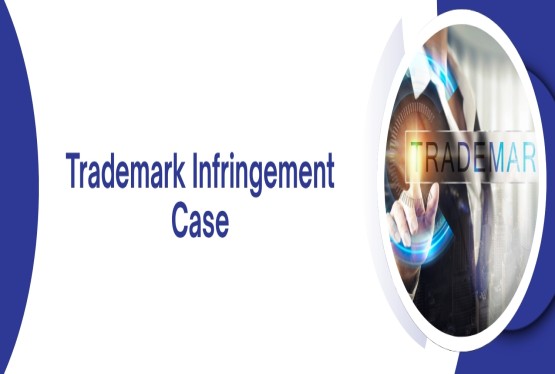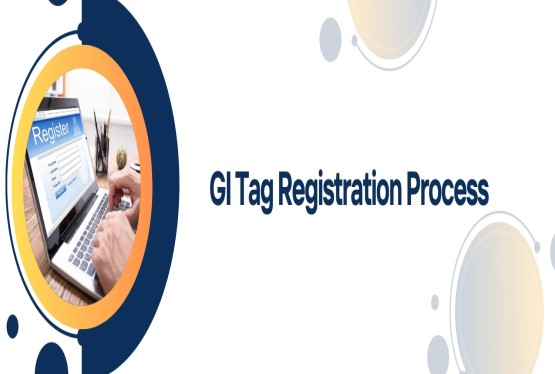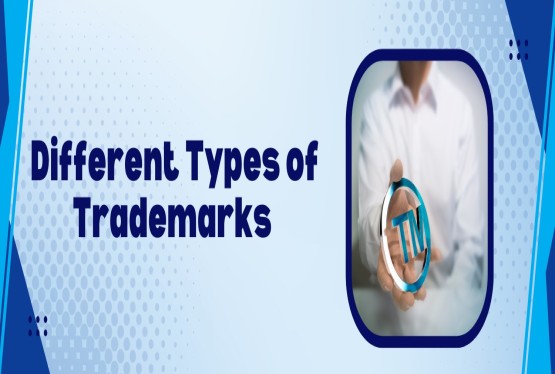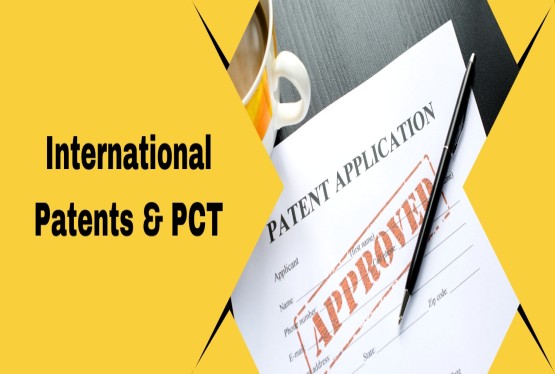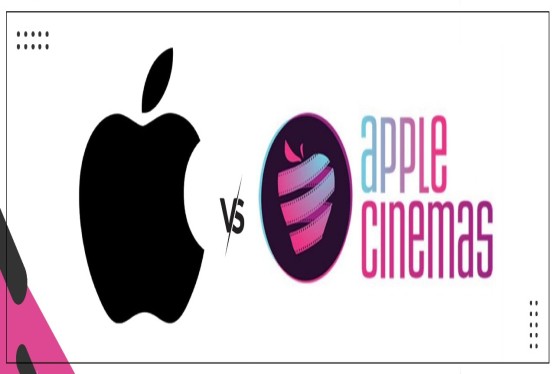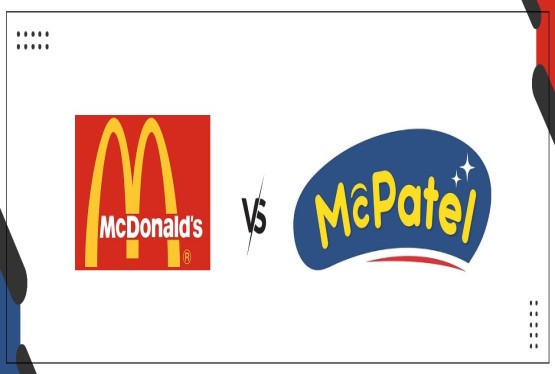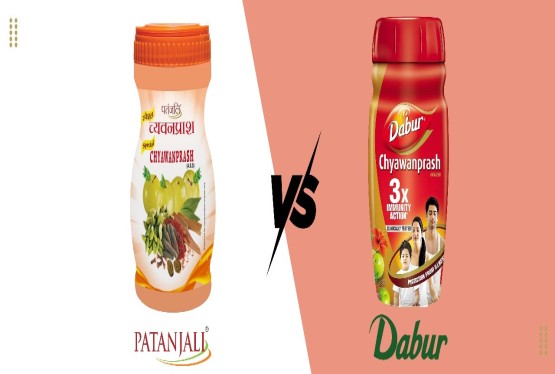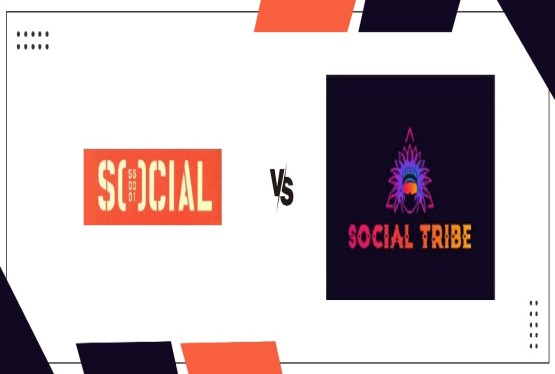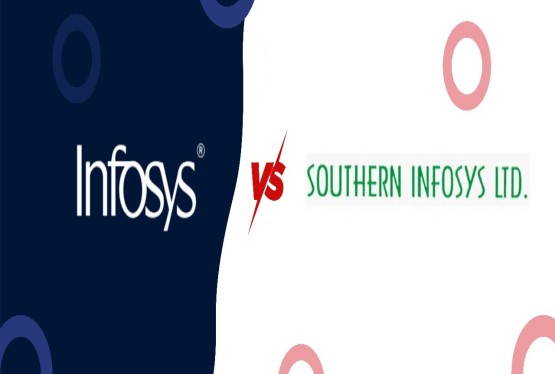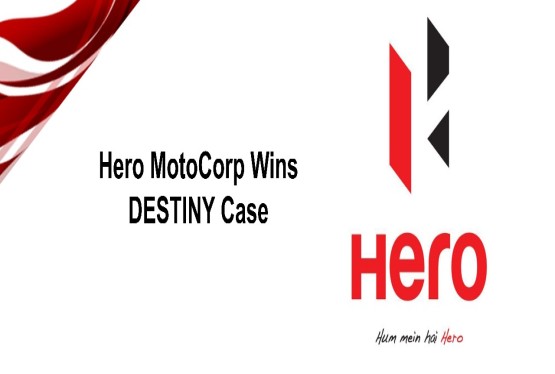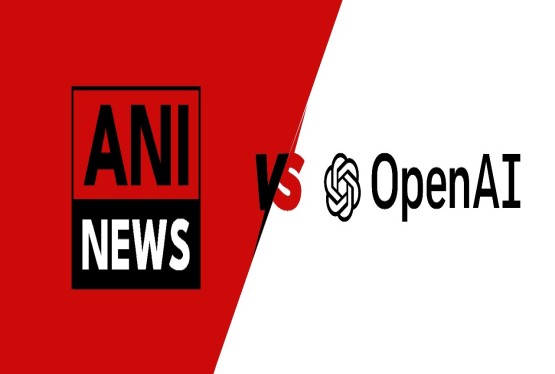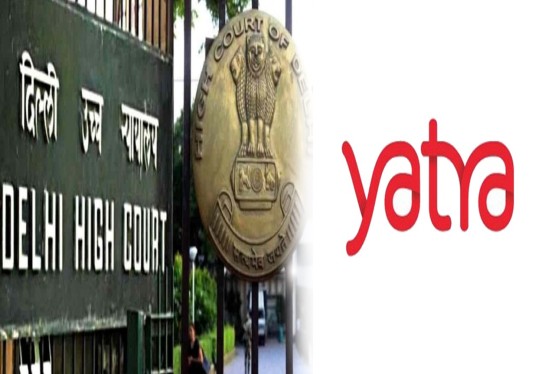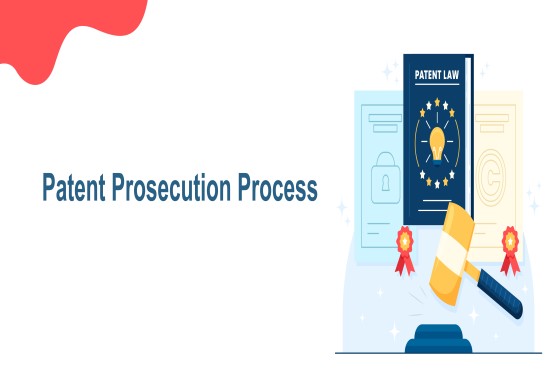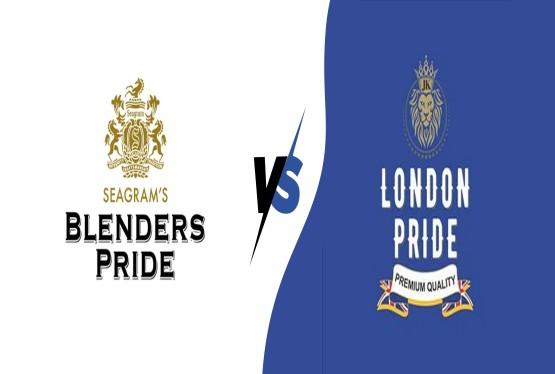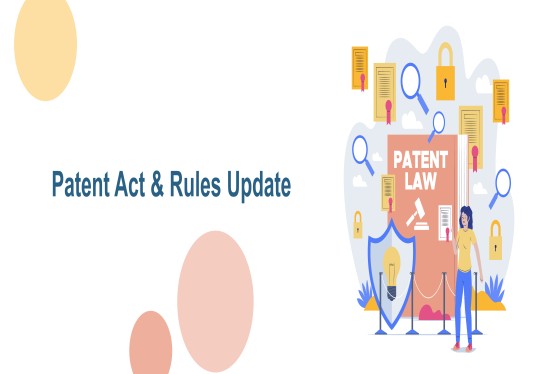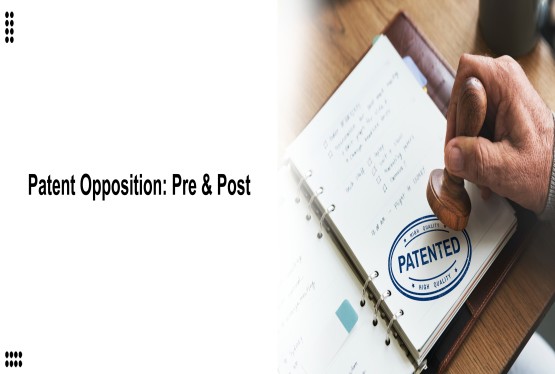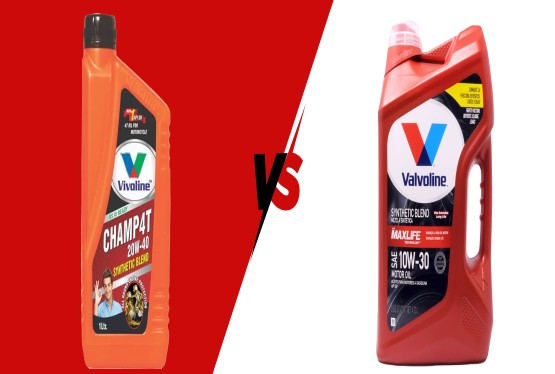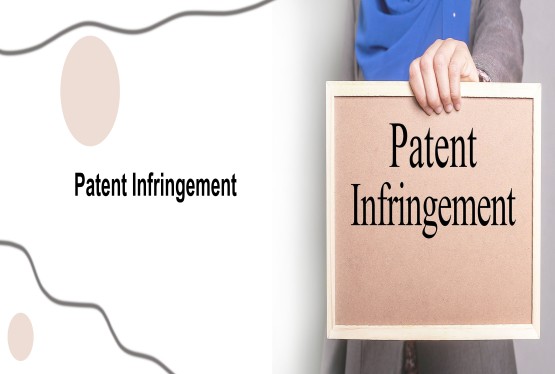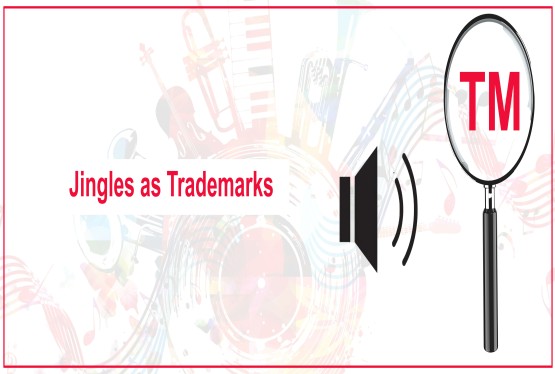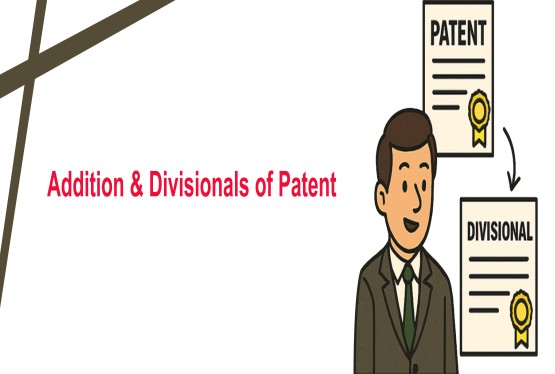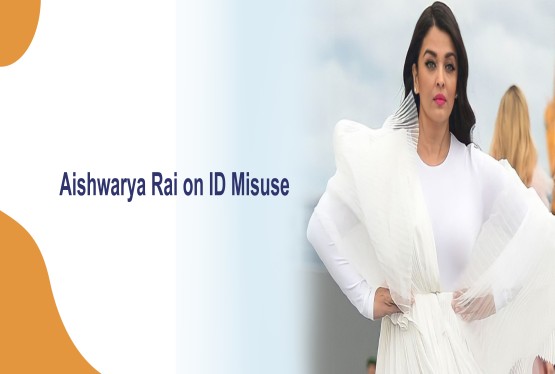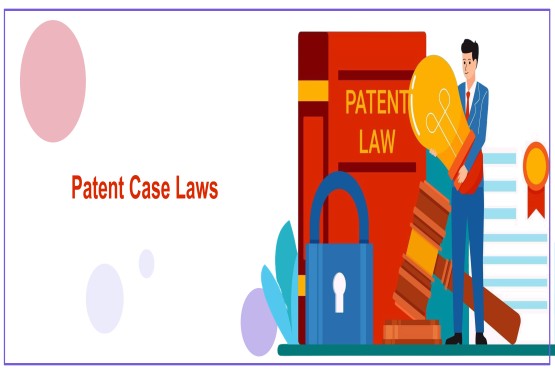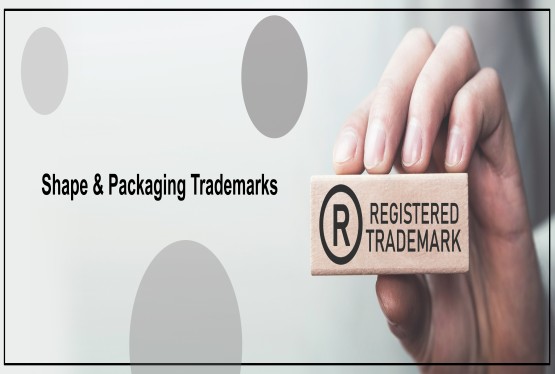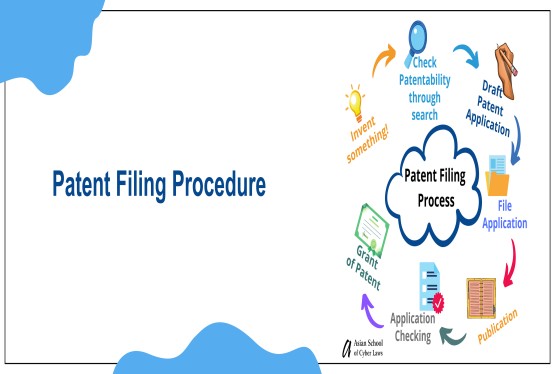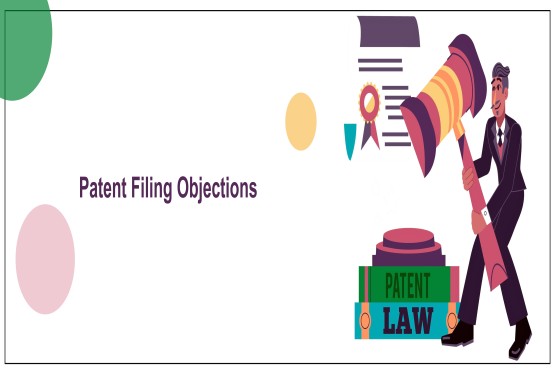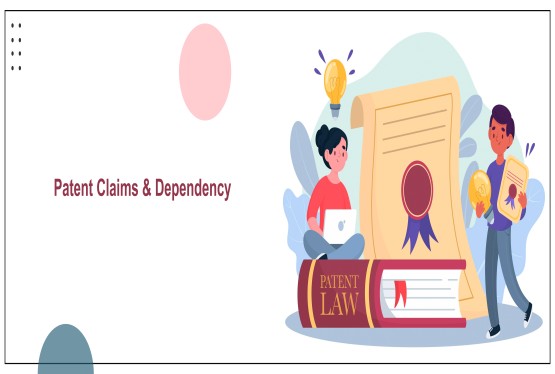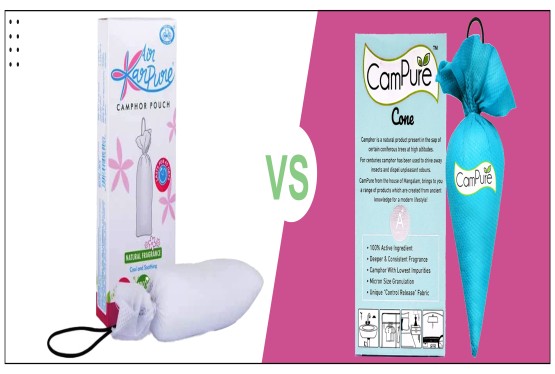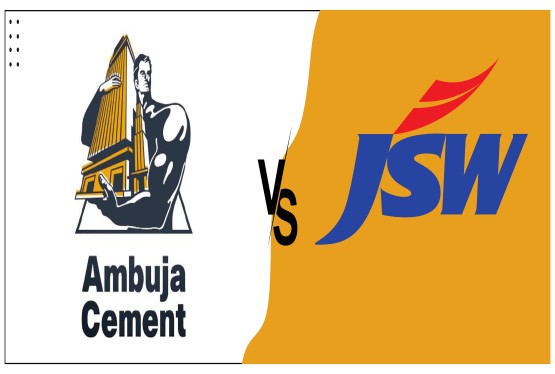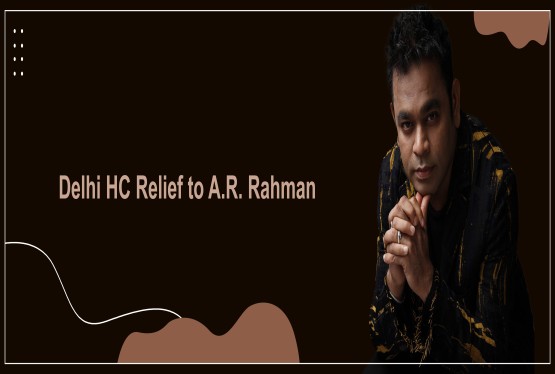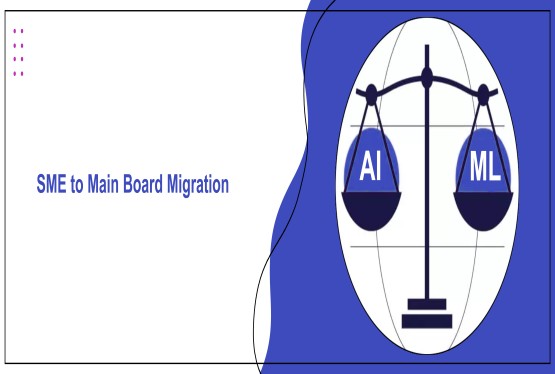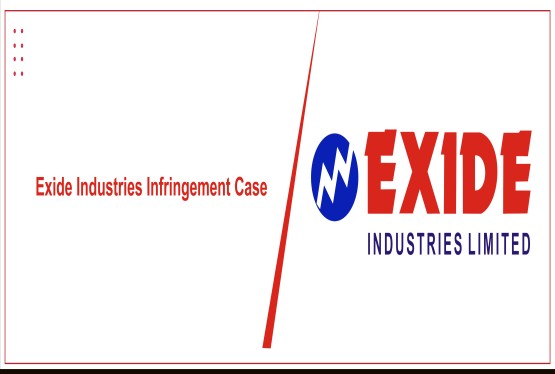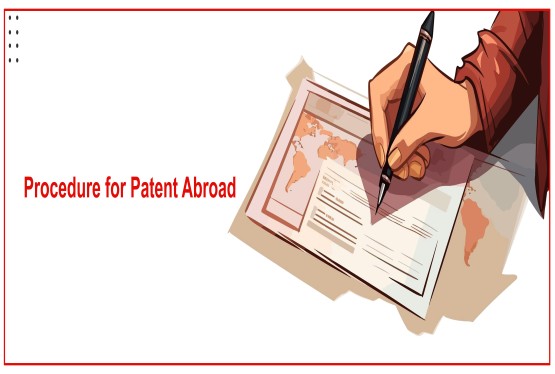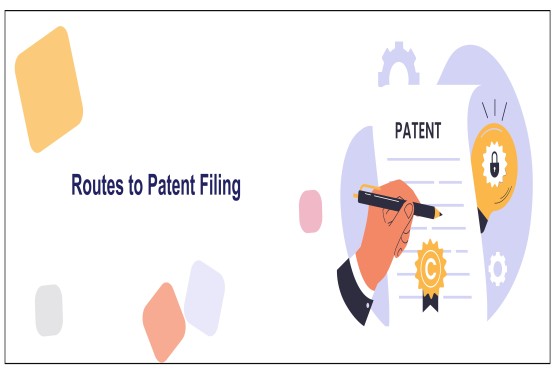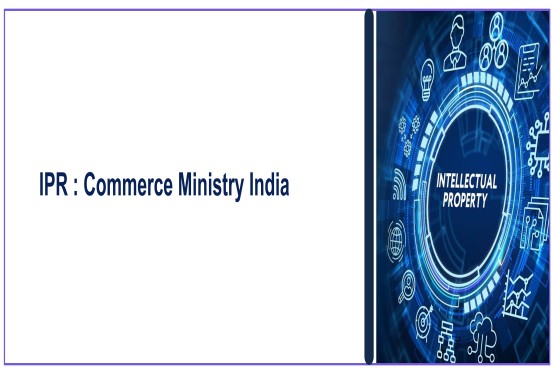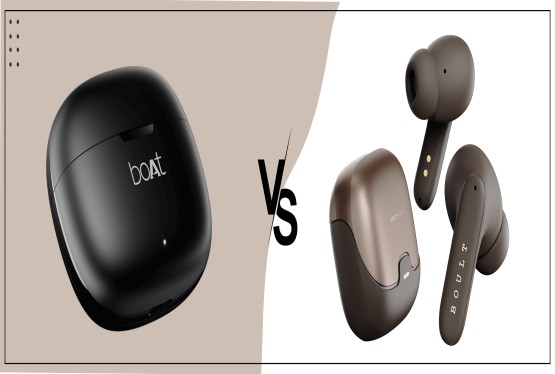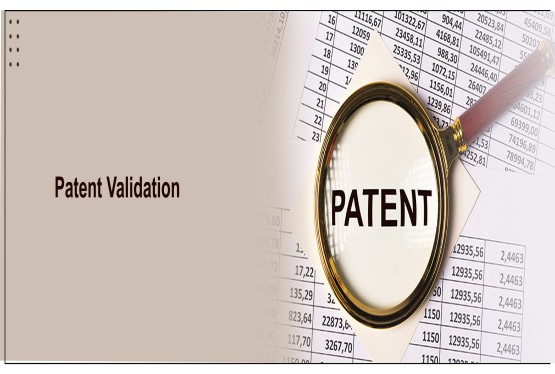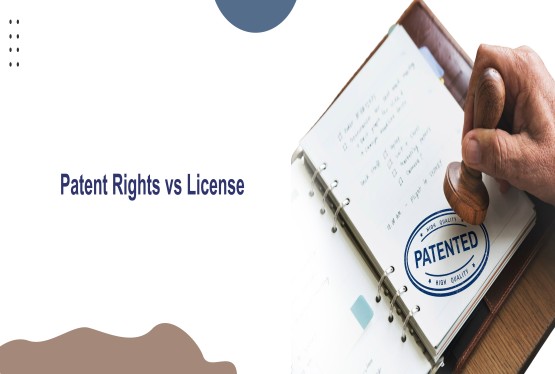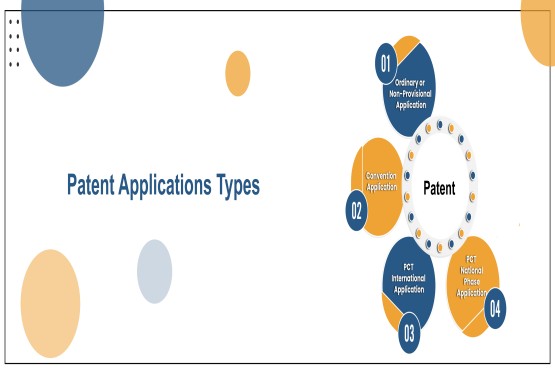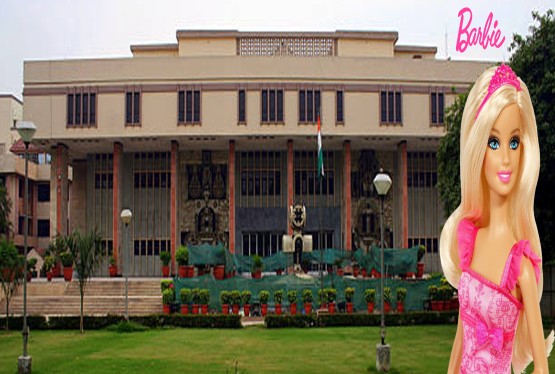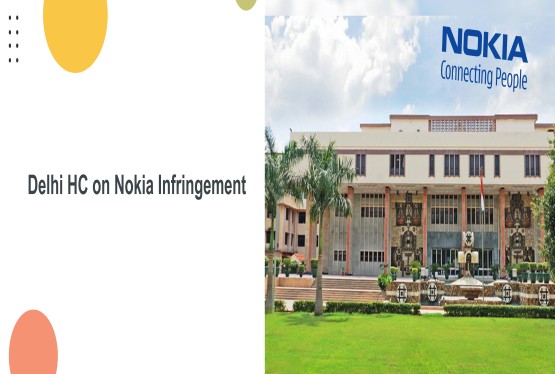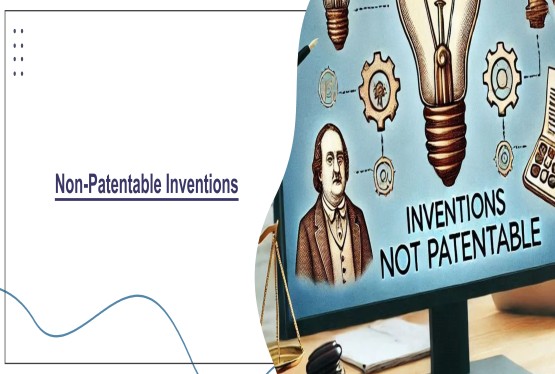The Design Registration process ensures legal protection for the visual appearance of products, preventing unauthorized imitation. In India, design registration is governed by the Designs Act, 2000 and administered by the Controller General of Patents, Designs & Trademarks (CGPDTM) under the Ministry of Commerce & Industry.
What is Design Registration?
Design registration is a legal process that grants the owner exclusive rights over a product's unique shape, pattern, configuration, ornamentation, or composition of lines or colors applied to an article. The design must be new, original, and visually appealing to be eligible for registration.
Eligibility Criteria for Design Registration
A design must meet the following criteria to be registered according to section 4 of the Act
1. Novelty – The design must be new and not previously published or used in India or abroad.
2. Originality – It should not be a mere combination of existing designs.
3. Visual Appeal – The design must be judged solely by the eye and not by its functional aspect.
4. Applicability to an Article – The design should be applicable to a specific article manufactured by an industrial process.
5. Not Contrary to Public Order or Morality – Designs that are obscene or offensive are not eligible for registration.
Step-by-Step Process of Design Registration in India
Step 1: Conduct a Design Search
Before applying for registration, conducting a design search is advisable to ensure that the design is unique and has not been registered before. This can be done through the Indian Patent Office’s Design Database.
Step 2: Prepare the Application
The applicant must prepare and file Form-I with the necessary details, including:
• Name and address of the applicant
• Class and sub-class of the article (as per the Locarno Classification)
• A brief description of the design
• A statement of novelty
• Representation of the design (illustrations, drawings, photographs, etc.)
• Priority claim (if applicable)
Step 3: Pay the Required Fees
The application fee depends on the applicant type:
• Rs.1,000 – For individuals
• Rs.2,000 – For small entities
• Rs.4,000 – For other entities (companies, partnerships, etc.)
Step 4: Examiner will conduct a Novelty search
The Examiner will conduct a novelty search in the available databases to ascertain the novelty of the design under consideration. Search is conducted class wise to Asser certain that the applied design is significantly different from the previously registered or used or published designs. If it s found that the design is not new, the Examiner mentions the fact along with citations in his report to the controller.
Step 5: Grant of Certificate of Registration
The Controller will consider the report of the Examiner on the registrability of a design as applied to an article and if it is registrable, the same shall be registered forthwith. The registration certificate will be issued and sent to the applicant at the earliest.
Conclusion
Design registration is an essential intellectual property right that protects a business’s creativity and product differentiation. With the right approach and compliance with legal formalities, businesses can secure their designs effectively and gain a competitive advantage.
FAQs
Q1. What is the purpose of design registration?
Ans. Design registration grants legal protection to the visual appearance of a product, preventing unauthorized replication and ensuring exclusive rights to the owner.
Q2. How long does a design registration remain valid in India?
Ans. A registered design is valid for 10 years, extendable by another 5 years upon renewal.
Q3. Can a functional aspect of a product be registered as a design?
Ans. No, only the visual appearance of a product, such as shape, pattern, or ornamentation, is eligible for design registration, not its functional aspects.
Q4. What is the cost of design registration in India?
Ans. The registration fee varies based on the applicant type:
-
Rs.1,000 for individuals
-
Rs.2,000 for small entities
-
Rs.4,000 for other businesses (companies, partnerships, etc.)
Q5. Can a registered design be canceled?
Ans. Yes, a registered design can be canceled if challenged by a third party on grounds of lack of novelty, prior publication, or non-compliance with eligibility criteria.
Q6. Is international design protection possible with an Indian design registration?
Ans. No, an Indian design registration only protects the design within India. For international protection, applicants must file separately in respective countries or apply under the Hague Agreement (if applicable).






























_(b)_of_the_Trademark_Act,_1999_(1)_crop10_thumb.jpg)



_crop10_thumb.jpg)




























_crop10_thumb.jpg)
_crop10_thumb.jpg)






_crop10_thumb.jpg)








_crop10_thumb.jpg)



_crop10_thumb.jpg)





























_crop10_thumb.jpg)

















_crop10_thumb.jpg)






_crop10_thumb.jpg)












































































































































_crop10_thumb.jpg)



































_crop10_thumb.jpg)












_crop10_thumb.jpg)













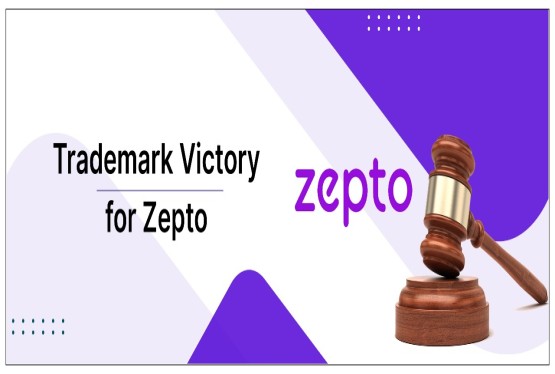




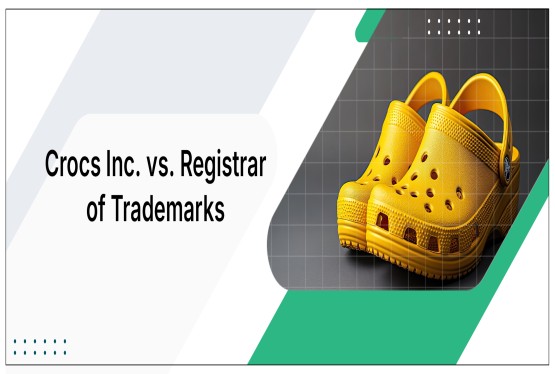















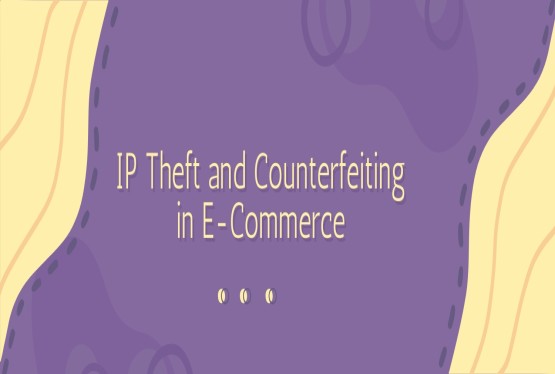












_crop10_thumb.jpg)






